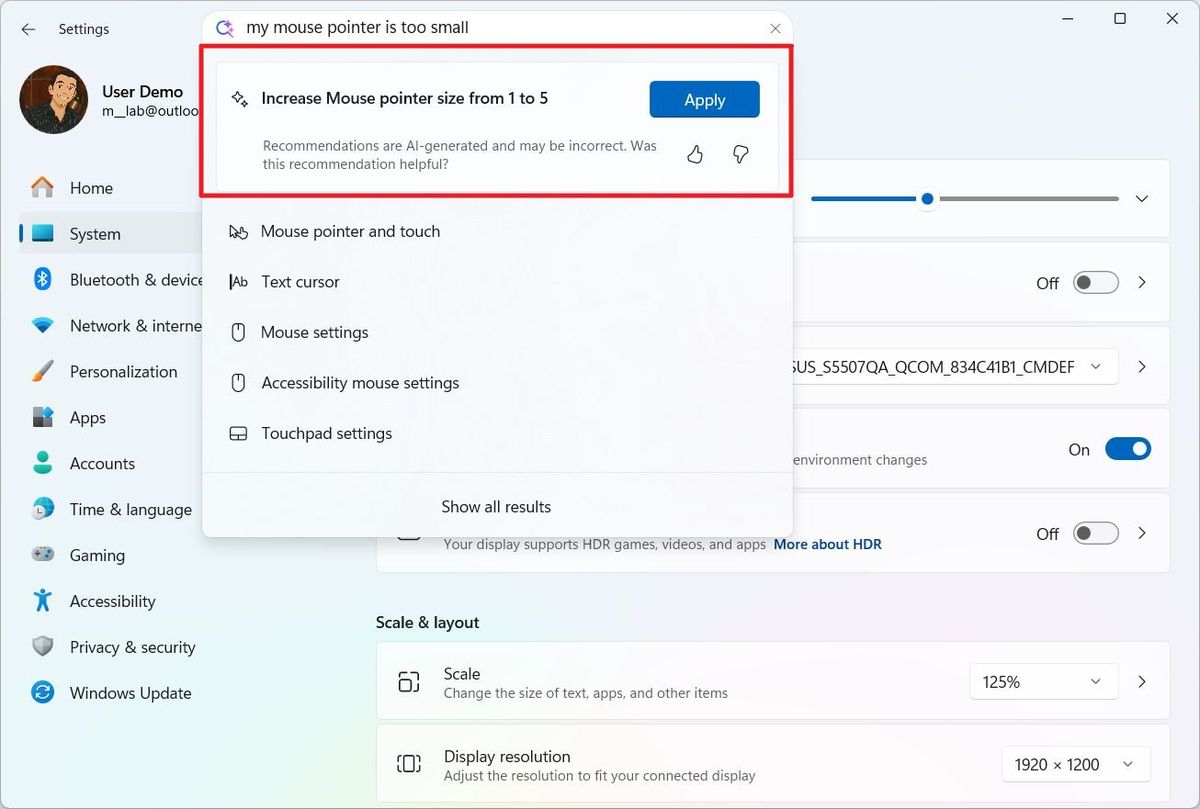The United States’ 90,000-ton stockpile of radioactive nuclear waste has long been a liability, but researchers are increasingly eyeing it as a resource. New techniques in transforming spent fuel, new nuclear fuel cycle directives from the Trump administration, and the doling out of a Biden-era $40 million research program together aim to repurpose nuclear waste on a commercial scale.
In a suite of executive orders announced on May 23, U.S. President Donald Trump directed the U.S. Department of Energy (DOE) to create recommendations for domestic recycling of nuclear waste and identify opportunities to work with the private sector. And in January, the U.S. Advanced Research Projects Agency-Energy (ARPA-E) began awarding $40 million to 11 groups developing transmutation techniques that will reduce the radioactivity and amount of nuclear waste. The funding is part of ARPA-E’s Nuclear Energy Waste Transmutation Optimized Now (NEWTON) program, announced in July 2024 under the Biden Administration, which aims to make recycling the entire U.S. nuclear fuel stockpile economically viable by the 2050s.
The federal support under two administrations has prompted physicists and energy researchers to turn their attention to nuclear waste in an effort to meet the fed’s ambitious goals. “It is technologically possible, but it will take significant investment, and a meaningful commitment from the country, to actually pull it off in 30 years,” says Greg Piefer, CEO at Shine Technologies, a fusion startup that is applying its expertise to nuclear waste. The company, based in Janesville, Wisc., received $4 million from ARPA-E’s NEWTON program.
How is Nuclear Waste Reprocessed?
Closing the nuclear fuel cycle involves separating the uranium and plutonium that comprise more than 95 percent of nuclear waste, and recycling them back into reactors as fuel. The technology to do this is established, but it is expensive to carry out commercially on a large scale, says Brett Rampal, senior director of nuclear and power strategy at Veriten, an energy research, investing, and strategy firm. There are no technologies that achieve complete uranium and plutonium extraction, so some amount of material is left over from this first step, Rampal says.

The other five percent of nuclear waste, which is composed of long-lived radioactive material, cannot be reused as fuel and has traditionally been set aside to decay over hundreds of thousands of years. It’s the conundrum of what to do with this five percent that ARPA-E and several companies are trying to solve. Many groups are approaching the problem by trying to find a cost-effective way to shorten the lifespan of radioactive waste to tens or hundreds of years, through transmutation.
“Used fuel is full of good stuff,” says Curtis Roberts, Vice President of Communications at Orano, a Paris-based nuclear fuel cycle company that plans to work with Shine. “People are looking at what was a big pile of waste and going: If I pull this piece out and that piece out, all of these bits and pieces have value in many cases.”
“For us, the business case of already having 90,000 tons of this stuff sitting around is pretty solid in and of itself, and then we’re adding about 2,000 tons per year with the current reactor fleet.”
Orano and Shine plan to glean value from the long-lived isotopes in the spent fuel recycling process and that last five percent of the waste that has traditionally been left to decay. Over the last decade, Shine has commercialized technology to separate isotopes for medical applications such as treating cancer. Now, Piefer is betting that the same strategy can be applied to nuclear waste.
In Shine’s technique, neutrons—a side product of its fusion process—are beamed at long-lived isotopes in nuclear waste to break them apart into shorter-lived isotopes. “Neutrons can actually be far more valuable than the energy [from fusion] when applied to certain markets,” Piefer says. The company will separate out valuable isotopes such as Strontium-90, which has fuel applications in marine and aerospace engineering, and use neutrons to transmute the rest into shorter-lived isotopes. Molten salt will contain the isotopes to reduce risks associated with remaining radioactivity.
The approach can reduce the waste to as low as a fraction of a percent of the overall spent fuel. If successful, Shine would sell the uranium and plutonium it recovers from the bulk of the waste to partners who can turn it into fuel rods to feed nuclear reactors. Piefer’s goal is to operate a pilot plant in the 2030s. “For us, the business case of already having 90,000 tons of this stuff sitting around is pretty solid in and of itself, and then we’re adding about 2,000 tons per year with the current reactor fleet,” he says.
Neutrons and Nuclear Fuel Cycle Innovation
Because neutrons are essential for transmutation, ARPA-E is also investing in ways to create them. In January, ARPA-E awarded $2.6 million to Oak Ridge National Laboratory and a combined $10.2 million to Argonne National Laboratory to develop particle accelerators for the purpose of generating neutrons.
Another NEWTON awardee, Yale University spin-out Omega-P R&D in New Haven Conn., aims to demonstrate that a compact particle accelerator can work at the lab scale to create neutrons. Called a deuteron Cyclotron Auto-Resonance Accelerator (dCARA), the technology hinges on a cyclical structure that accelerates ions—the ingredients for neutrons—on spiral-like trajectories to create high-energy neutron beams. Compared to conventional particle accelerators, the dCARA version works more efficiently and is much smaller, measuring tens of meters instead of hundreds of meters. It generates fewer neutrons per second per accelerator, but the machines are less expensive to build, say physicists Jay Hirshfield and Yong Jiang, senior and chief scientists at Omega-P, respectively.
“That our machines are smaller suggests that they could be sited regionally, for example, near operating reactors and accomplish on a national scale the same degree of transmutation as might be achieved by one larger machine,” says Hirshfield. This strategy reduces risks to the entire transmutation process, Hirshfield says, because issues arising from one accelerator would not compromise the entire supply chain as would be the case for a singular large accelerator.

Nuclear Waste Recycling Trends
Researchers in the United States initially developed the ability to separate uranium and plutonium from used nuclear fuel in the 1940s as part of the Manhattan Project. But nuclear waste recycling stalled during the Cold War and did not rise to commercial scale in the U.S. (A commercial facility did operate briefly in New York between 1966-1972 to reprocess spent fuel from both government-owned defense and commercial power reactors.)
In 1977, U.S. President Jimmy Carter shut down used fuel reprocessing as an anti-proliferation measure, because the plutonium pulled out can be enriched to make weapons. When fuel recycling was opened back up under U.S. President Ronald Reagan, the technology was too expensive to be cost-effective commercially. Today, the calculus has shifted.
Trump’s executive order in May calls for an evaluation of the United States’ used fuel reprocessing practices and has generated a broadly positive response from the nascent industry. The order gives the DOE eight months to report back on recommended policy steps for managing nuclear waste and developing a sustainable long-term fuel cycle with improved recycling processes. The order also calls on the DOE to consider a government-owned, privately-operated nuclear fuel recycling facility.
Globally, only a handful of countries have the capabilities for nuclear fuel reprocessing, including France, Russia, China, Japan, and the United Kingdom. Those reprocessing facilities handle commercial and defense-related nuclear waste, targeting material that can be separated into uranium and plutonium isotopes. While developments are underway in places such as France, Japan, and Russia to recover other isotopes from waste, such efforts have yet to be commercialized at scale. Currently, waste remaining from fuel recycling is vitrified and then cast in stainless steel or other packaging that can be stored for thousands of years.
.png)



